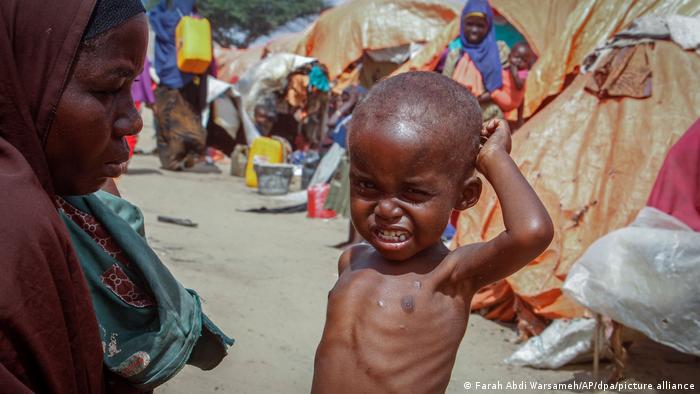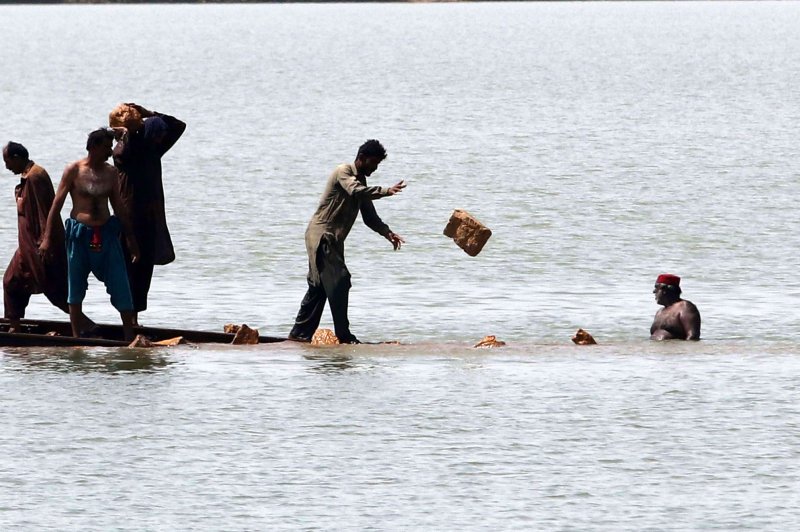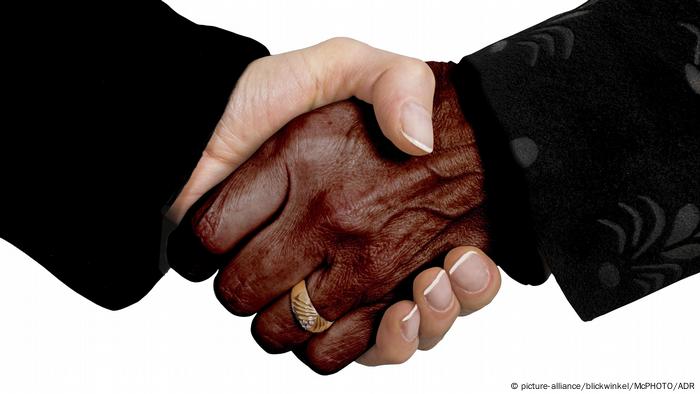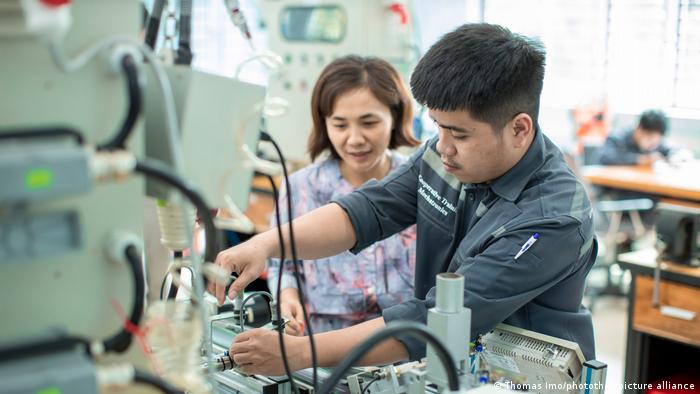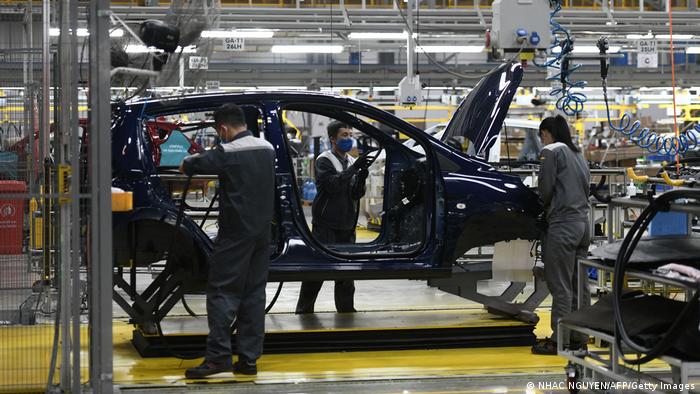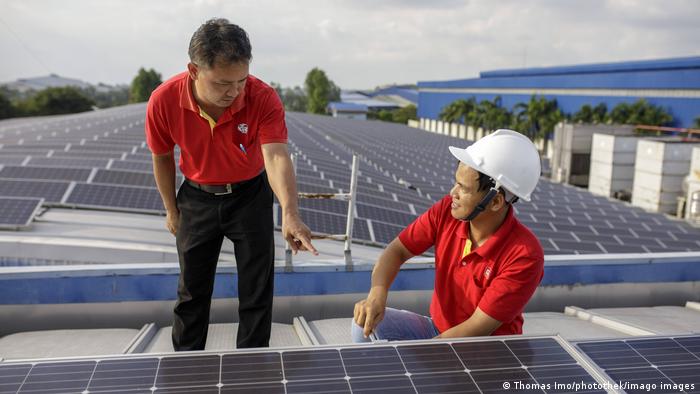Daniel Waldrip was mowing the lawn in his hometown of Boulder, Colorado, just like any other Saturday.
But the next day, Waldrip, then in his late 20s, was struck with back pain so severe he couldn't get out of bed. He blamed the mowing.
It was the start of 18 years of chronic pain and countless unsuccessful treatments, including physical therapy, chiropractors, acupuncture and massage.
The World Health Organization says that lower back pain is the single leading cause of disability in 160 countries. Most psychological treatments only reduce pain rather than eliminate it and pain medication only provides temporary relief.
"There were times when it felt like I was paralyzed, just so much pain, and there were other times when it was kind of manageable and it was okay — but it was always there, it was a constant part of my life," Waldrip told DW.
The 49-year-old lived with chronic pain until his mid 40s, when he heard about a clinical trial for a new treatment that was happening in his hometown. The treatment was called Pain Reprocessing Therapy (PRT).
PRT aims to rewire neural pathways in the brain to deactivate pain and train the brain to respond to signals from the body more appropriately, using what's called pain education.
Ultimately, the goal is to reduce a patient's fear of certain movements, so that when they do move in those ways, they are confident that it won't cause them any pain.
Each participant in the trial got one telehealth session with a physician and eight psychological treatment sessions over four weeks.
About one month after the study, Waldrip was 100% pain free.
"It's been three or four years now and I haven't had a single issue with my back since I completed the treatment — it completely changed my life," said Waldrip.

What is pain and how does it become chronic?
Pain is like an alarm system that alerts us when we may have hurt ourselves or become injured.
But regardless of where a person hurts themselves physically, their sense of pain is formed in the brain.
Nerves send signals to the brain to let it know that something has happened in the body and the brain then decides whether to produce a pain sensation, and that depends on whether the brain thinks there is danger.
Pain draws a person's attention to potential harm and diminishes when that warning signal is no longer needed. This is called acute pain. It is a sudden sensation that occurs in response to something specific, like a burn, injury, surgery or dental work.
But pain that persists for more than three months despite treatment is considered chronic.
"It's really important that people are able to experience pain. It's critical for survival, and yet some people [continue to have] pain even though their bodies have recovered," said James McAuley, a psychologist and professor at the University of New South Wales (UNSW).
While scientists have their theories, it is still unclear what causes chronic pain or how acute pain becomes chronic, said McAuley.
But they do know that some changes occur in the brain when pain goes from acute to chronic.
"The nerves are misfiring and advising the brain that the patient is having pain or is at a risk of damage," said Steven Faux, director of the Rehabilitation Unit at St Vincent's Public Hospital.

Studies correct communication between brain and body
That study in Boulder, Colorado, published in the Journal of the American Medical Association (JAMA) in January 2022, involved 151 patients with chronic back pain.
It compared PRT to a placebo control group and a "usual care" group, where people continued what they normally did to manage their pain, such as physical therapy or medication.
"What was particularly striking about the outcomes was that two thirds of people in the PRT group were pain free or nearly pain free at the end of treatment as compared to 20% of controls," said lead study author Yoni Ashar, a clinical psychologist and neuroscientist at the University of Colorado.
Functional MRI scans of people's brains before and after the trial showed PRT changed how people's brains processed the pain.
"We saw reduced activity in a number of pain processing brain regions, showing that this treatment changes the brain and changes how the brain processes pain," Ashar told DW.
Another study published in JAMA in August 2022 also had success in treating patients' chronic back pain. The approach, developed by McAuley at UNSW in Australia, improved communication between the back and the brain.
The study divided 276 participants into two groups: One group did a 12-week course of sensorimotor retraining, and the other received a 12-week course of sham treatments.
20% of the participants fully recovered from their chronic pain, meaning they rated their pain as zero or one out of 10, for one year.
The words we use to describe pain can affect recovery
Central to both studies is giving people the confidence that they can move without thinking they will hurt themselves, or make their pain worse. Some of that involves the words we associate with chronic pain.
When high quality scanning machines were developed in the 1980s, health professionals were able to see the spines of people with back pain clearly for the first time. They saw ossifications, vertebrae that looked like they were disintegrating, and bulging or slipped discs.
"We found all of that stuff and we thought: 'Well, we've found the reason why people get back pain,'" McAuley said.
It was only later that doctors realized that a patient could have a bulging spine and not get chronic pain.
But by then "the horse had bolted," as McAuley put it. It became common for some people to perceive they would get pain even when that wasn't necessarily the case — all because of the words we used.
Some studies have found that negative language, including the word pain itself, can cause people to rate their pain as higher on a so-called pain scale.
That was highlighted in a study from 2019 that found that people experienced more pain when pain-related and negative words were used before introducing a harmful stimulus compared to when neutral words were used.
So imagine a person indeed had chronic back pain, and they heard these words, and then saw their spine on an X-ray scan — that could keep them trapped in a pain loop, unless they get help to retrain their brain to think differently.
"It does feel like we're on the cusp of a completely new way of thinking about and treating chronic pain," McAuley said.
The latest pain science is showing that the communication between the brain and the body can be corrected and that patients who have spent years, sometimes decades, of their life in pain, can finally overcome it.
Edited by: Zulfikar Abbany





